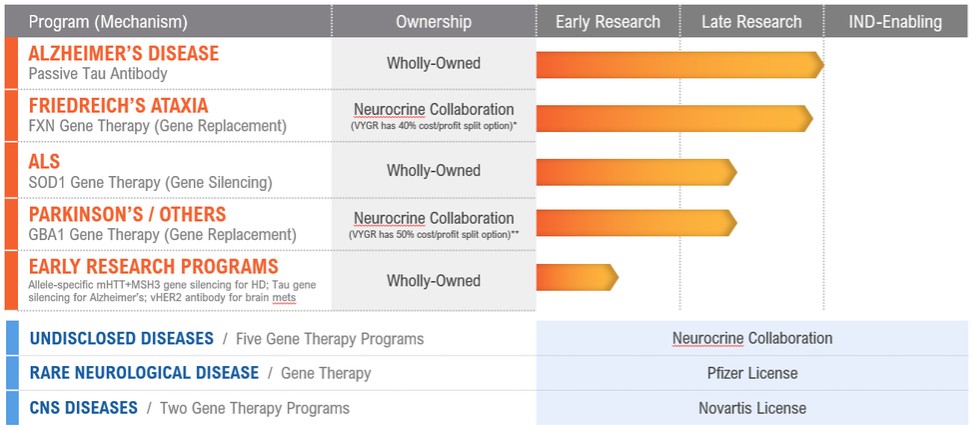
# Comprehending the Impact of Genes on Alzheimer’s: Pioneering Research Connects Proteins to Disease Development
### Introduction
The genetic foundations of Alzheimer’s disease have puzzled scientists for many years, complicated by the difficulties of obtaining brain tissue from patients post-mortem. Conventional methods have constrained the comprehension of how genes influence Alzheimer’s in living, evolving patients. Nonetheless, a significant scientific advancement by researchers at Washington University School of Medicine in St. Louis paves the way for investigating Alzheimer’s in living individuals, which could reveal new treatment possibilities.
This innovative research, published in *Nature Genetics* (November 2024), introduces a technique for examining cerebrospinal fluid (CSF) to gauge the relationship between genes and proteins in the context of Alzheimer’s disease among living patients. By pinpointing 38 crucial proteins associated with the advancement of Alzheimer’s, 15 of which could be targeted with medications, researchers aspire to create fresh options for therapeutic strategies, disease oversight, and even expand understanding of additional neurological disorders.
### From Genetic Connections to Cellular Mechanisms
“Our aim is to pinpoint both risk and protective genes and clarify their causal roles,” states Dr. Carlos Cruchaga, head of Washington University’s NeuroGenomics and Informatics Center. “That’s why we pursued an extensive proteomic analysis of cerebrospinal fluid, as CSF accurately reflects the disease’s pathology.”
Genetics play a known role in Alzheimer’s. In the past decade, the count of identified genome regions related to Alzheimer’s disease has jumped from 10 to almost 80. However, to truly comprehend how these genetic differences advance the disease, one needs more than merely a catalog of genes; it necessitates understanding the cellular pathways these genes affect.
To tackle this challenge, the team examined cerebrospinal fluid from 3,506 individuals. By utilizing samples from both Alzheimer’s patients and healthy participants, the researchers were able to see how genetic differences influence protein behavior in real time. CSF is especially vital as it mirrors the chemistry of a living brain, providing insights unattainable through brain tissue alone.
### Discovering Treatment Opportunities
In one of the most extensive studies of its nature, the research group aimed to create a thorough map of the proteins active in the human brain. Among the 6,361 proteins they evaluated, they found 1,883 that were significantly associated with Alzheimer’s protein networks. However, employing a data-driven strategy with three statistical techniques enabled the team to zero in on 38 proteins likely to be crucial in the progression of Alzheimer’s.
Perhaps the most encouraging news? 15 of these proteins may be targeted by existing or forthcoming therapeutic agents.
“The novelty and the robustness of this investigation lie in our identification of proteins that alter risk,” Cruchaga remarks. “With a clear understanding of the causal mechanisms, we can determine the pathways they follow within the brain.” This means researchers can gain deeper insight into the fundamental processes of Alzheimer’s while also being equipped with a potential framework for drug design aimed at stopping or decelerating disease advancement.
### Beyond Alzheimer’s: An Emerging Research Horizon
Although the primary focus of this study was Alzheimer’s disease, Dr. Cruchaga indicates that this strategy holds potential implications far beyond this particular neurological condition. “That’s the strength of this approach—once you have a genetic variant map associated with protein levels, it can be extended to any ailment,” he asserts.
This technique could illuminate other neurodegenerative disorders, including Parkinson’s disease, amyotrophic lateral sclerosis (ALS), or mental health issues like schizophrenia. This versatility makes this brain proteomic strategy a noteworthy breakthrough in how we comprehend, treat, and potentially avert a diverse range of afflictions.
—
### Glossary
– **Cerebrospinal fluid (CSF)**: A translucent liquid that envelops the brain and spinal cord, reflecting the brain’s real-time biochemistry.
– **Proteome**: The entire collection of proteins expressed in a biological entity. In this instance, it denotes all proteins present in the brain during the study.
– **Genetic variants**: Minor differences in genes that affect an individual’s probability of developing a condition (e.g., Alzheimer’s disease).
– **Neurodegeneration**: The gradual decline of nerve cell functionality, resulting in disorders such as Alzheimer’s.
– **Molecular pathway**: A sequence of protein interactions that induce changes in cellular processes, potentially leading to the emergence of diseases.
—
### Test Your Knowledge
Curious to assess your understanding of this significant research? Explore these questions:
1. What primary benefit does cerebrospinal fluid analysis provide compared to traditional research techniques?
It enables researchers to investigate the brain and monitor disease progression using living patients instead of relying solely on post-mortem brain tissue samples.
2. How many potential drug targets did the study identify?
15 potential drug targets were identified.